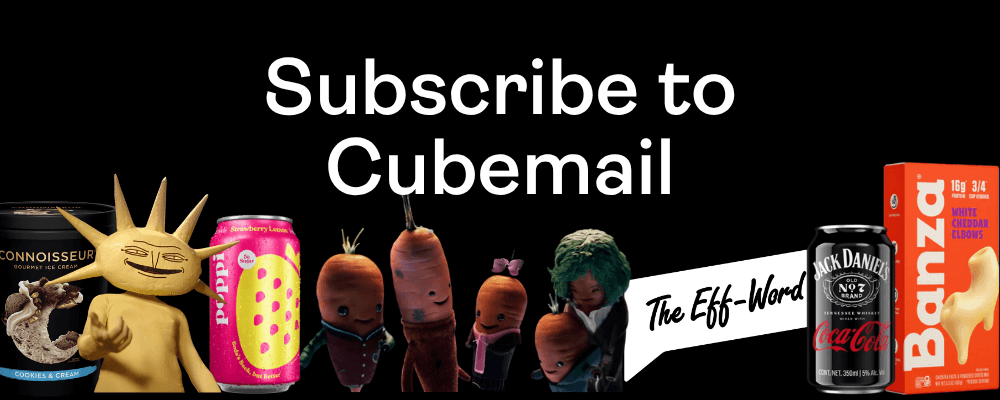
Unfortunately, Internet Explorer is an outdated browser and we do not currently support it.
To have the best browsing experience, please use Google Chrome, Firefox, Microsoft Edge or Safari.
We use cookies to improve your experience on our website. By continuing to browse this website, you agree to our use of cookies. For more information, please refer to our privacy policy.

This is a self-funded case study using our Innovation Testing solution.
Facing ever-increasing pressure to play their part in building a more sustainable future, many consumer goods brands are being forced to rethink their use of plastic packaging. Nowhere has this been quite so prevalent as in the health and beauty category, where single use plastics once ruled the shelves. However, as we’ve often seen, forced change also allows for creative thinking, and brands are using this packaging shift as a catalyst to not only build affinity with consumers, but also as a way of refreshing longstanding branding properties, and trialing new innovations.
With these opportunities in mind (and of course a commitment to “being part of a healthier planet”), Listerine launched a new mouthwash concentrate — offering the same benefits in a format that not only occupies less cabinet space, but also uses less virgin plastic (60% less, to be precise). However, with the added work required to mix your own mouthwash, would this prove to be a barrier to widespread uptake?
To see how the new sustainability-focused initiative was received, we A/B tested both the mouthwash concentrate and original using our 3Cs framework:

While the current ‘full-size’ Listerine is well-known and well-trusted, the concentrate proved to be a fresh and exciting evolution of the product. The change in shape and size drew people in, but it was ultimately the environmental benefits which piqued the greatest curiosity. Reduced wastage was a highly appealing feature which led people to feel they could have an immediate impact (or, as one person put it, “A great way to make my household products green”).

In addition to the functional benefit of making it easier to handle, Listerine’s ‘dumbbell’ bottle shape is also a highly recognizable design feature. With the new concentrate pivoting away from this it carried substantial risks. Pleasingly, however, the smaller concentrate bottle didn’t sacrifice brand recognition — with Listerine able to rely on other cues to compensate, such as its color tones, logo, and information hierarchy (i.e. order and emphasis on key product information). Combined with its leadership of the category, the new Listerine concentrate seamlessly aligned with people’s expectations.

Listerine’s new concentrate format strengthened perceptions around being environmentally friendly. Crucially, though, increased emphasis on sustainability didn’t detract from perceptions of effectiveness, freshness, or even convenience. Consumers felt the new innovation was genuinely different, that it offered great value, and was an effective mouthwash. This laddered up to a clear win for the concentrated product.

While most of us like to think we’re playing our part in building a more sustainable future, when push comes to shove the eco-credentials of a product are often lower on consumers’ priority lists than more ‘immediate’ functional benefits — such as: ‘does it actually work?’. In this context, Listerine Concentrate powerfully demonstrates that environmentally friendly initiatives don’t have to come to the detriment of existing product advantages.
Unlike other eco-products, such as NIVEA’s EcoRefill range, Listerine was able to deliver on core category needs (by maintaining credentials around effectiveness and freshness), while adding environmental advantages as a supplementary ‘higher order’ benefit.
As a result, people felt they weren’t being forced to make a compromise. The ‘chore’ of refilling was considered an acceptable downside, with ‘doing good’ providing added emotional reassurance to nudge people toward purchase. Ultimately, the combination is predicted to deliver both business and social benefits — a win-win for Listerine and the planet.

Want to test your own advertising, packaging, or product ideas? Cubery combines a team of creative effectiveness experts with cutting-edge technology, bridging the gap between creativity and commercial impact. Get in touch to learn how we can unlock growth for your brand.
